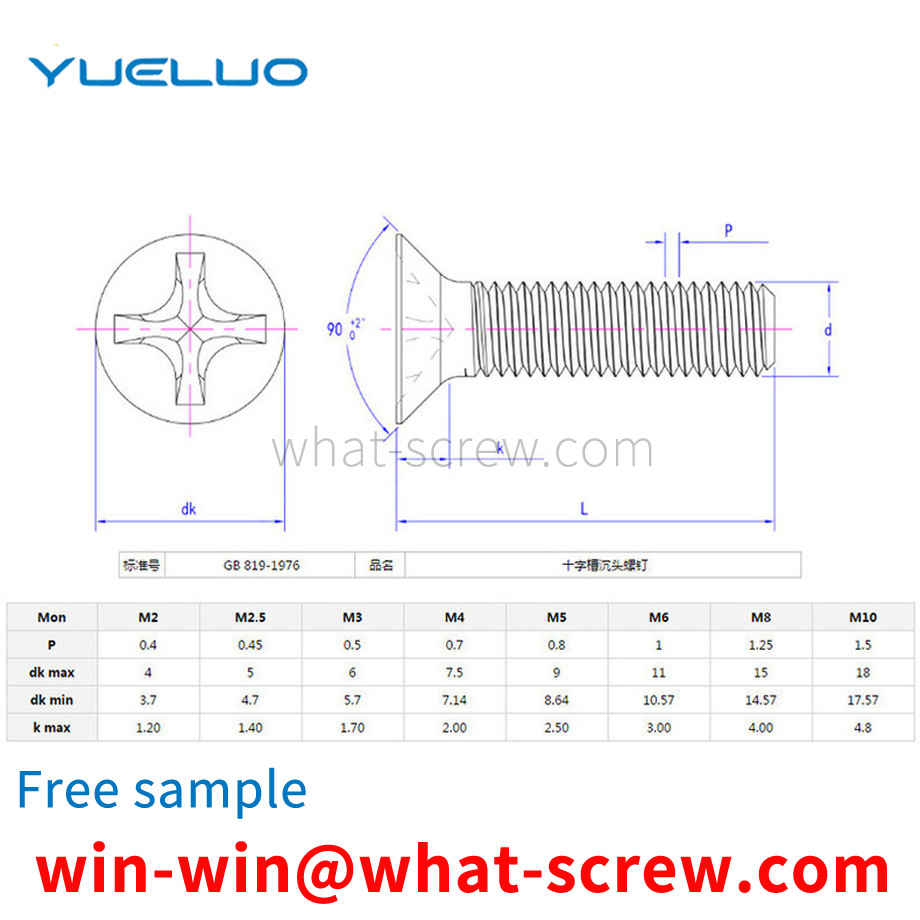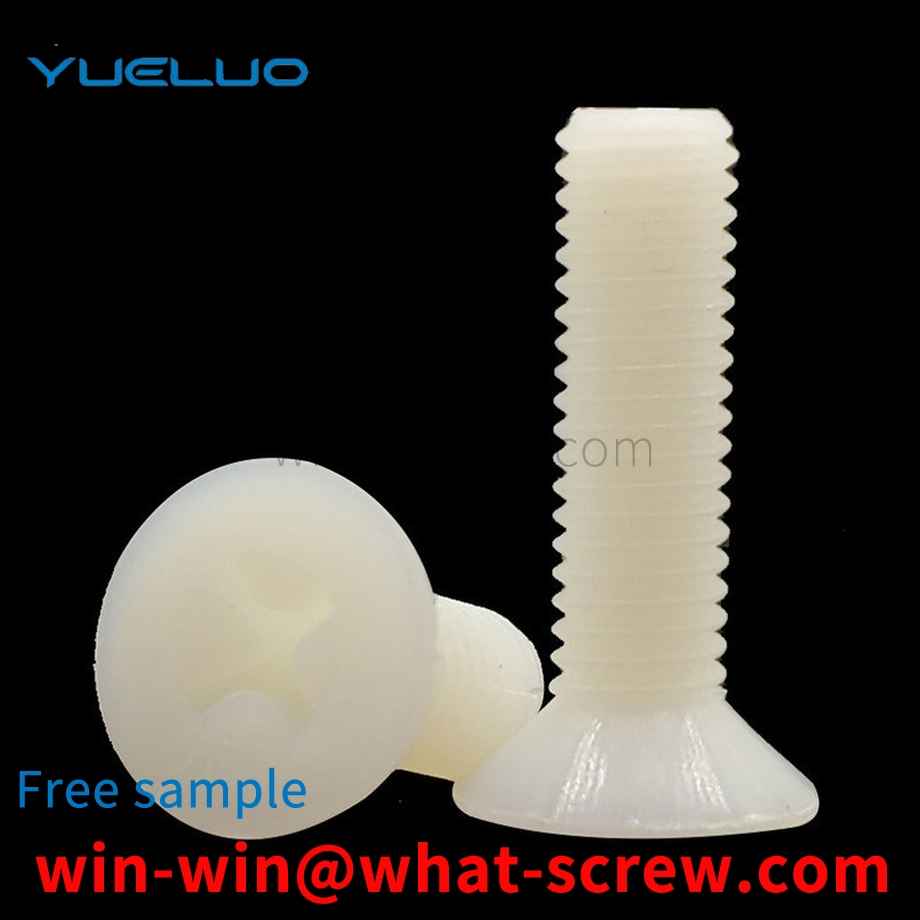Standards are norms, and each country and sector has its own standards. GB—Chinese National Standard (National Standard) ANSI—American National Standard (American Standard) DIN—German National Standard (German Standard) ASME—American Society of Mechanical Engineers Standard JIS—Japanese National Standard (Japanese Standard) BSW—British National Standard GB—National Standard The standard is one of the many standards in my country, and there are also industry standards, professional standards and department standards. National standards are divided into: GB (mandatory standards) and GB/T (recommended standards) and GBn (national internal standards) and so on. We usually see GB30, GB5783, etc. are mandatory standards. In addition to some basic dimensions such as head-to-side, head thickness, etc., the above standards are mainly different in the threaded part. The threads of GB, DIN, JIS, etc. are all in MM (millimeters), which are collectively referred to as metric threads. Another thread like ANSI, ASME, etc. is called American standard thread in inches. In addition to metric threads and American threads, there is also a BSW-imperial standard, whose threads are also in inches, commonly known as Wyeth threads. In the usual domestic sales business, the most common standards we encounter are GB (National Standard) and DIN (German Standard). In terms of production products, the following standards are mainly encountered: GB30; GB5783; GB5782; GB52; GB6170; GB818; GB819; GB845; GB846; GB70; DIN912; DIN933; DIN931 and so on. GB30 (old national standard) has been replaced by GB5783 (new national standard) in the standard book. GB52 (old national standard) has been replaced by GB6170 (new national standard) in the standard book.
Axle card is a kind of hole-to-hole movement installed on a slotted shaft and used as a fixed component. The inner diameter of this type of retaining ring is slightly smaller than the diameter of the assembly shaft. Application No. 201621153710.9 discloses a shaft card assembly device, including a feeding mechanism, a material distribution mechanism, a material reclaiming mechanism and an assembling mechanism. The feeding mechanism is connected with the feeding mechanism. The reclaiming mechanism includes a reclaiming tool and a servo system for driving the movement of the reclaiming tool. One end of the reclaiming tool is provided with a c-shaped opening, and an incision connected with the c-shaped opening is provided. The assembling mechanism includes a carrier for fixing the parts to be loaded and a turntable, and the carrier is mounted on the turntable. In the above shaft card assembly device, after the feeding mechanism completes the feeding, the material distribution mechanism separates the shaft card to a specific position with a fixed attitude, and then the private server drives the reclaiming tool to clamp the shaft card and assemble it to the pre-fixed by the assembly mechanism. on the fitting. During the assembly process, the manual workload is small, the efficiency is high, and the labor intensity is small. At the same time, the c-shaped opening and the cutout at the end of the reclaiming tool are designed to effectively form an elastic force to clamp the clamping shaft card and absorb the assembly process. The resulting outward deformation force avoids the plastic deformation of the shaft card due to the large external force.
At present, due to the installation position determined in the design process of the traditional thrust cylinder in China, the corresponding position of the piston rod and the clamping arm is fixed, and it is impossible to ensure that the workpiece can be clamped while the workpiece is thin. It is not conducive to the use of such products when clamping. Secondly, when the workpiece is assembled or welded, it not only needs to be tightened in a certain direction, but also needs to be positioned, so as to ensure the accuracy required for processing. When a workpiece is fixed in this way, it must be realized by adding a mechanism, which will increase the complexity of the system and bring inconvenience to installation and maintenance.
A medical self-locking screw, wherein the medical self-locking screw is composed of an outer screw and an inner screw, the outer screw includes a fixedly connected fitting body and the front part of the outer screw, and the front part of the outer screw includes a fixed connection The outer screw rod body and the outer screw head are provided with fixed external threads on the periphery of the outer screw rod body, and a backstop ring is provided on the periphery of the matching body;
The quick-install and quick-release nut uses the threaded block to move radially and axially along the inclined surface at the same time to achieve the cohesion and separation of the threaded block. However, the nut has a complex structure and is difficult to manufacture, and the internal and external threads may not be properly locked during use. Occurs, bearing capacity and reliability are poor.
We have many years of experience in the production and sales of screws, nuts, flat washers, etc. The main products are: outer diameter 5.4, outer hexagon lock nuts, sheep's eye screws, trimmed hexagon head screws and other products, we can provide you with suitable products for you fastener solutions.



















 Service Hotline
Service Hotline




